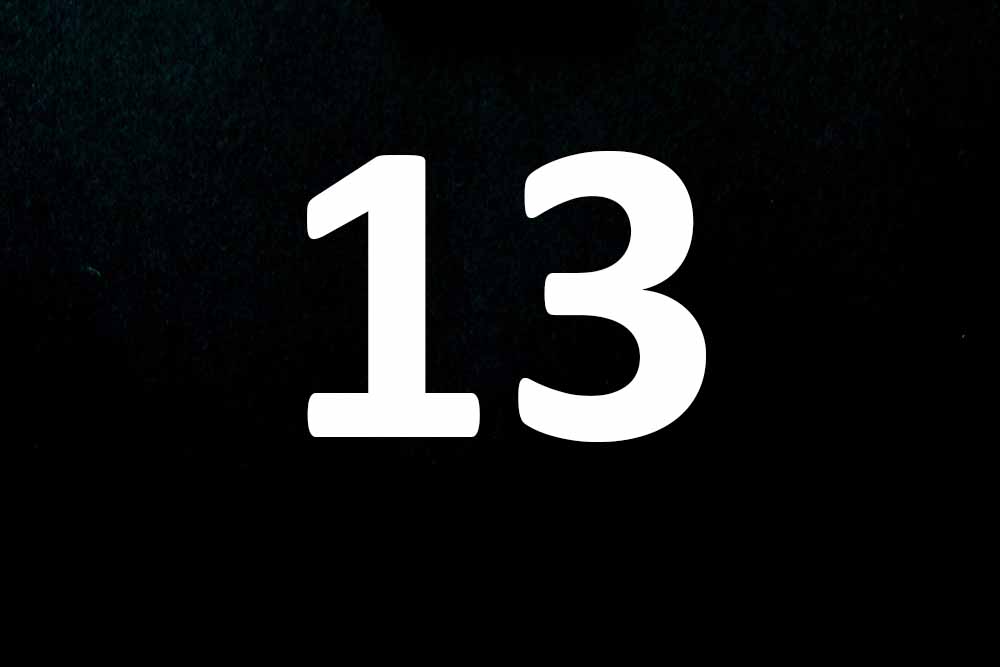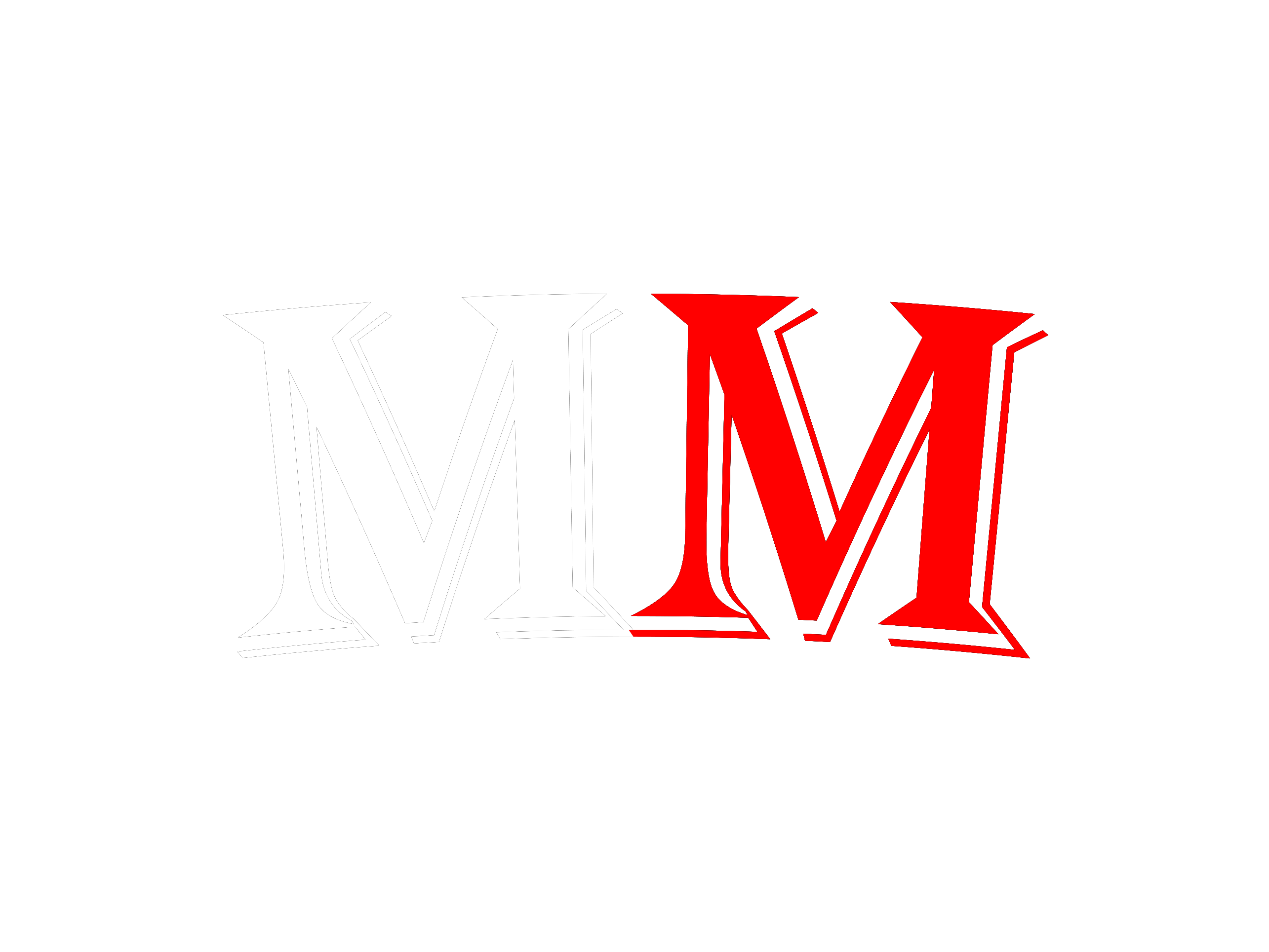We all know that getting into someone’s head and reading their thoughts isn’t possible.
Neither is seeing into the future.
However, a mentalist’s tricks allow you to give the impression that you can.
And so your ultimate goal, if you want to practice mentalism, is to make the audience believe that you do have superhuman abilities — even if you tell them you don’t.
You can perform several tricks out there, but the key to all tricks is confidence — if you can’t convince your audience that you can do what you say you’re doing, it’s a performance destined to fail.
For starters, we’re going to talk about “how to perform mentalism – 5 tricks and tips”. I’ll break these 5 tricks down into how they’re done and add some tips for an impressive performance.
This will help give you the confidence you need.
So let’s get started!
Trick 1: The Red Hammer
This trick takes advantage of how the human mind processes words and images.
TIP: This mentalism trick is best done with a single subject or a small group.
Start by predicting a red hammer on a piece of paper or a card. Make sure your subject/s isn’t able to see it.
Ask them a series of questions and make sure that they’re asked at a rapid pace.
The amount of time you allow for your audience to think is crucial. Giving too little may cause frustration and cause them to zone out halfway through your trick. Giving too much increases the possibility that their focus may veer off the direction you want it to go.
Here are some questions you can ask:
- What day is Christmas? (or use a different holiday)
- What is 2 x 10? (You can change this but make sure it’s easy enough to compute mentally)
- What year was it ten years ago?
- What are hamburgers made of?
- How many sides does a triangle have?
Then, without missing a beat, ask your subject to think of a color and a tool.
Most people will come up with a Red Hammer.
TIP: The Red Hammer trick is ideal as an experiment instead of the main act. If your audience answers a Red Hammer, go through your performance and take credit for the mental miracle. If they don’t, you can remark how differently they think compared to most people.
Trick 2: Lucky Number 13

Have your subject think of a number between 1 and 10. Technically, they can choose a higher number, but it may make it more complicated for your subject later on.
Once they’ve chosen a number, have them multiply it by 9.
Most of the time, your subject will have a 2-digit number in their mind. Ask them to add the digits together. To cover all bases, however, say that if it’s a single digit, add 0.
Tell your subject to add 4 to whatever his number currently is.
Guess his number — tell him you know he’s thinking of the number 13.
TIP #1: This is an excellent introductory trick — similar to the Red Hammer. It’s also not wise to use it more than once during a performance. This is because regardless of who you choose to be your subject or what number they start with, it will always end up with 13.
TIP #2: It is always good to have a little story leading up to your guess. If Friday the 13th recently happened, you could tie it into that, or you could refer to the baker’s dozen. It helps you build the tension before revealing the answer — and it does wonders for your credibility.
Trick 3: Triangle in a Circle
Make sure you and your subject aren’t too far from each other and are standing (or sitting) face-to-face.
Begin by asking if they’re ready and if they’re awake and alert. It’s best to ask these in separate questions using a low, calm tone. Although this step isn’t essential to the trick itself, it helps tune the audience in and directs their focus to you.
Have your subject imagine that there’s a screen between you, drawing a rectangle in the air as you say it. This creates a limit for your audience’s imagination — it tells their subconscious to focus on what’s inside the perimeter. Planting the mental images becomes easier this way.
Tell the subject that you want him to project a shape on the screen. Make sure to say like a square, but not a square.
While saying this, plant the first mental image — that of a triangle.
Position your hands around the height of your neck. Place your thumbs, pointer, and middle finger in such a way that it looks like you’re supporting the base of a triangle by its two bottom angles. Do it casually, so it doesn’t look obvious.
While still holding the “triangle”, have your subject confirm if he has the image in his head. As something like, “Do you have it?” or “Do you see it?”.
Once your subject says yes, move on to the second image. Have your subject think of a second shape and put that AROUND the first one.
When you emphasize the word “AROUND”, your subject’s subconscious will automatically make them think of a circle.
You can also draw a circular shape around the triangle you were holding up earlier. You don’t have to draw a complete circle, but use your fingers to make a gesture that implies it.
Wait for your subject to confirm that he’s thought of it. After this, it’s all about showmanship — build the suspense before saying it’s a triangle inside a circle.
TIP: Without the gestures, most people will still think of a triangle when they’re told they can’t choose a square. For the second shape — not many figures fit naturally around a triangle, so most people pick a circle. The gestures, however, combine force and the power of suggestion, which stacks the odds to your favor.
Trick 4: Pick One, Eliminate Two
This trick uses a method that forces an object to be highlighted (or chosen) from a set of items.
Start by gathering several objects — one way to do this is to ask for members of the audience to volunteer some of their things to be used. It gives the impression that you have little to no control over variables.
Write your prediction down on a piece of paper and hide it from your subject.
The process is straightforward — both you and your subject will take turns choosing two items. Whoever isn’t doing the choosing gets to eliminate one of the two chosen items.
Utilize your turn to choose two items that are not what you predicted. If, during their turn, the highlighted item is one of the choices, you can eliminate the other one.
The crucial thing is who chooses first. It depends entirely on the number of items from which you have to choose.
So ensure that the last choice goes to you – if you have an odd number, you choose first. If there is an even number, your subject chooses first. This method allows you to guarantee the predicted object is the only one not eliminated.
TIP #1: This is a prediction trick and ideally done after Red Hammer or Lucky Number 13.
TIP #2: Don’t make it look too easy. Give the impression that you’re struggling to see what’s in your subject’s head and that choosing your two items is a challenge. It makes it less likely for your audience to notice that you’re avoiding a particular item.
TIP #3: Ideally, have 5 to 12 items ready before you make your prediction. You can technically use as many objects as you want, but the more items there are, the longer the trick becomes, and you won’t be able to hold your audience forever without them figuring it out.
Trick 5: The Rainbow Ruse
This trick aims to give the audience the impression that you know incredibly personal and accurate details about a person without them telling you. In reality, you’re using cold reading.
The easiest way to do it is by telling your subject that you can read their personality. Then give a characteristic they have… and then continue your sentence with an opposing quality.
An example would be, “You like hanging out with your friends, but you cherish moments alone.” Another one could be, “Most of the time, you’re an optimistic person, but there have been instances that you’ve been extremely upset.”
Both statements are vague, but one of them is bound to resonate with your subject, making them feel that you’ve guessed something about their private lives.
TIP: The better you get at cold reading, the more complex you can make this trick — you can even use their responses to the Rainbow Ruse to make more educated guesses. With enough practice, you can leave your subject with the feeling that you have looked deeply into their life and understood them.
Wrapping It Up
These tricks are simple — any of these are good choices when you’re starting out.
Remember, the best way to learn tricks is to begin practicing the steps. Once you’ve gotten a little used to it, stretch your skills. When you’ve woven in your script, add a little theatrics for the full effect.
Always keep in mind that mentalism is 90% performance-based. It’s all in how you present what you’re doing.
So what are you waiting for? Pick a trick that interests you and get started!

